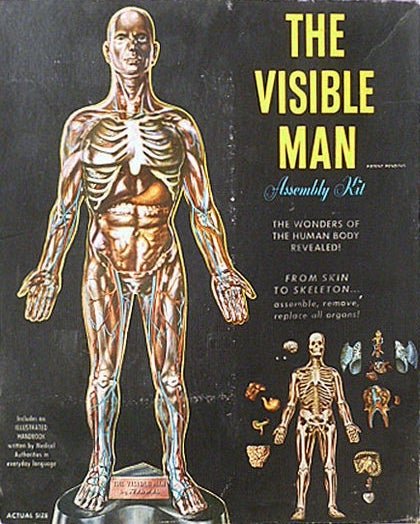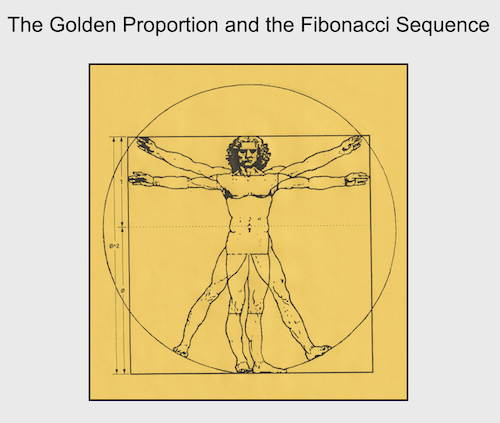Anatomy of a Puzzle
The little local library in my community has been closed to the public for about a year now. But in addition to a shelf outside where people can share books in an open exchange, there is a table where people can leave jigsaw puzzles that they are finished with and take ones that they would like to do. I recently brought a stack of finished puzzles that I didn’t need to keep and looked over what else was there.
Most of the puzzles were traditional landscapes or cottage scenes that didn’t particularly interest me. But there was one of the anatomy of the human body that intrigued me, so I brought it home and completed it last week. What was especially fun for me in doing this puzzle was that it engaged me on many levels. The labelling of the major systems was in English, French, Spanish and German, so I got to learn some new vocabulary. And it was a great review of my anatomy classes in high school and college. I tried to build the puzzle (and the bodies) piece by piece without looking at the box too much so that I could test out what I remembered of the placement of body parts and their names.
As it happens, I’m also reading a book by Bill Bryson called ‘The Body: A Guide for Occupants’, so I’ve been rather immersed in this subject matter lately. I love Bryson’s writing, especially the way he writes about science, making the stories very human and relatable. Another book of his that I re-read from time to time is ‘A Short History of Nearly Everything’.
I guess I’ve been fascinated with human anatomy for a long time. It probably goes back to when we had a model called ‘The Visible Man’ when I was a kid. I thought it was so cool to be able to look through a clear plastic shell of a person and see all the parts inside.
When I was in eighth grade we did a section on human anatomy in my science class. I especially liked learning the names of all the bones and their parts and made a life-size skeleton out of white cardboard and brass brads so that all of the joints were hinged. Even now I enjoy those names and think of them in almost geographical terms - wouldn’t you like to go sailing around the Islets of Langerhans with a stopover in the Greater and Lesser Trochanters?
It may surprise you to learn that my undergraduate degree was a self-designed major in Biological Illustration. Basically a double major in art and biology, I also took some independent courses in scientific illustration and got to spend a summer interning with the illustrator at the Portland Primate Center.
Two views of the human skull from my college days
As part of my program I was required to write a thesis, which I did on the history of anatomical illustration. Since I was taking classes in calligraphy and bookbinding I thought it would be ‘fun’ to write the entire 80-some page thesis in calligraphy, gather illustrations for it and bind it into a book. The fabric that I used for the covers was one of my first weavings. I drew Da Vinci’s Vitruvian Man onto the cover in brown ink and, of course, had a number of illustrations of his work in the text.
After graduation my former husband and I took off for indefinite adventures overseas and ended up spending a couple years in New Zealand and Australia. A friend along the way gave me the name of the head of the graphic department at a book publishing company in Sydney. I went to see him and told him about my background in illustration. I didn’t have a portfolio, or any proof whatsoever that I had this degree, but he gave me $100 to buy some art supplies, told me to go to the farmers’ market and get some vegetables, and come back in a week with some drawings.
The company had a project in mind to do a coffee table book on the fruits and vegetables of Australia and they needed an illustrator for the book. I was offered the job as a one-year contract, but they need a couple months to pull the logistics of the project together and asked if I could keep myself busy in the meantime. I ended up flying up to Darwin on the northern coast of the continent, and after a brief and ill-advised stint as a cook on a fishing boat, found a job as a hostess in a Greek gambling club. The money was fast and easy, and apparently I was too footloose and fancy-free at the time to settle into a regular job. I turned down the illustrating job in Sydney and stayed in Australia for another eight months before coming home.
At that point I immersed myself in every textile class that I could take at a community craft center in Portland and life went on. If it wasn’t for the weaving class that I took during my last year in college my life would probably have turned out quite differently. I find it interesting that back in college all of my artwork was representational and done in black and white. Once weaving became my medium everything turned into geometric design and lots and lots of color. But I can also see a thread running through this that connects everything together.
When I was in graduate school in the early 90’s I started studying various aspects of geometric design and how they appear in nature, particularly with the golden proportion and Fibonacci sequence. I started using these concepts in my weaving and now teach courses in geometric design. This is what I used as the cover sheet for that workshop notebook, without consciously making the connection that I had used it as the cover on my undergrad thesis.
But it seems like sooner or later everything fits together, much like a jigsaw puzzle. One of the perks of growing older is that you can look over your life with more perspective, and if you stick around long enough you find that everything ties together in one way or another.
Enjoy the journey!








